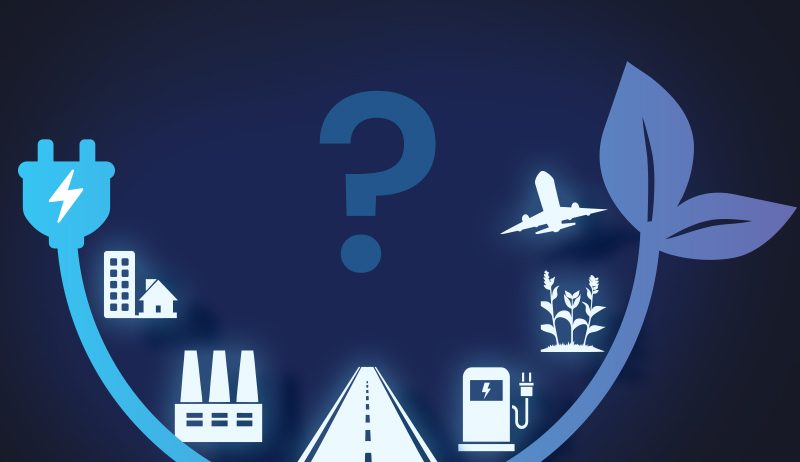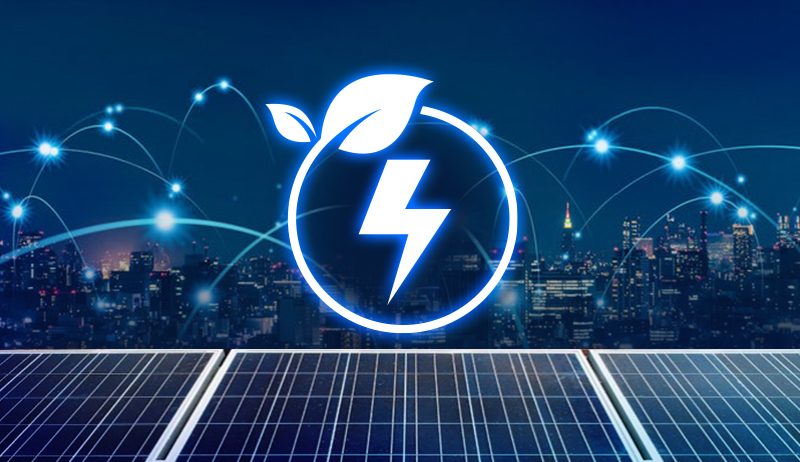The global energy sector is going through significant changes aimed at building a sustainable future. A crucial part of this shift is electrification.
This involves rethinking how we power our homes, cars, and industries. Electrification isn’t just a way to fight climate change; it’s essential for our future.
But why electrification is key to a sustainable future? What does it involve? How much progress have we made, and what challenges are still ahead?
Electrification offers cleaner and more efficient energy use. However, we must combine technological innovation with industry-wide cooperation to fully unlock its benefits.
What does Electrification Mean?
In simple terms, electrification means using electricity, especially from renewable sources, as the main power for everything that needs energy.
While electric cars are often the first thing people think of, electrification impacts many parts of our lives—like how we heat our homes, cook, and produce goods. Electricity is the main force driving this change.
Electrification offers cleaner and more efficient energy use, but we must balance new technology with cooperation across different industries to benefit from it entirely.
Why is Electrification Important for Australian Future?
Electrification in Australia is not just a plan. It’s a pressing need. It’s about moving from fossil fuels like coal and gas to using electricity as the primary energy source. This shift is happening in transportation, homes, and industries.
Australia has depended on fossil fuels for a long time, but growing concerns about climate change are driving a switch to cleaner energy like solar, wind, and hydroelectric power.
More electric cars will be on Australian roads as people move away from gas-powered vehicles by the end of 2024. This is part of a significant effort to reduce carbon emissions contributing to global warming.
The government and private companies are working together, but your role is crucial, too. By supporting these initiatives and switching to electric vehicles, you can contribute to Australia’s electrification.
Electrification also involves using electricity instead of gas for heating, cooling, and cooking in homes and businesses.
More Australians are installing solar panels on their rooftops, producing cleaner energy while lowering energy bills.
There’s a growing trend of using electric heat pumps for heating and cooling because they are more energy-efficient and eco-friendly than traditional systems.
Industries in Australia are also adopting electrification, with factories and other large operations using electric machines powered by renewable energy.
This transition helps reduce Australia’s carbon footprint and supports the country’s aim to become a leader in renewable energy.
Electrification to Fight Climate Change

Electrification can help fight climate change by reducing fossil fuels like coal, oil, and gas, which release harmful carbon emissions when burned.
By switching to electricity, especially from renewable sources like solar, wind, and hydropower, we can power our homes, cars, and industries without polluting the environment.
For example, electric cars produce no emissions, unlike gas-powered vehicles. Using electric appliances for heating, cooling, and cooking also reduces pollution compared to gas-powered ones. These changes give us hope for a cleaner, healthier future.
When more of our electricity comes from clean energy sources, we lower greenhouse gases in the atmosphere. This is important because these gases are the leading cause of global warming and climate change.
Electrification also makes energy use more efficient, meaning we waste less energy while getting the same benefits. As more countries and industries adopt electrification, we can collectively reduce our carbon footprint and move closer to a healthier planet.
The Future of Electrification in Australian Business
Shifting from traditional energy sources to electricity in industries is a significant opportunity to attract new investments, like renewable energy projects and advanced manufacturing technologies, and to revive Australian manufacturing for the long term.
Industrial electrification involves five key electric heating technologies: industrial heat pumps, electromagnetic heating, electric furnaces, renewable hydrogen, and heat storage.
Australia has strong potential in the fight against climate change because of its rich renewable resources and should lead by example.
The country could push its economy toward a net-zero electric future by combining these resources with energy-efficient technologies. This transition needs to happen quickly and can bring significant benefits.
Climate change has already led to severe flooding and wildfires in Australia. Part of the solution is changing energy usage and reducing waste across the economy.
Practical steps to save energy with new technologies will free up electricity for other needs and cut emissions contributing to extreme weather.
Digital transformation is vital to reaching net-zero emissions in the energy sector. Combining net-zero goals, digital and industrial technology advancements, and growing consumer awareness opens up new opportunities in the energy system.
Australian energy providers are global leaders in using digital technology to achieve net-zero goals. The World Economic Forum estimates that digital transformation could add USD 1.3 trillion to the global electricity sector.
Australian energy suppliers plan to use digital business transformation as a driving force toward achieving net-zero outcomes.
Why Electrification is Key to a Sustainable Future| Electrification Supports Sustainability

Electrification is essential for a sustainable future in Australia. It helps reduce pollution and slows down climate change.
We can power our homes, vehicles, and industries without harming the environment by replacing fossil fuels like coal, oil, and gas with clean electricity from renewable sources like solar and wind.
Switching to electricity is a crucial step in cutting down the carbon emissions that are driving global warming.
As more homes and businesses use electric systems for heating, cooling, and cooking, and as more people drive electric cars, we can significantly lower the amount of harmful gases released into the atmosphere.
Australia has abundant renewable resources, and by leading the shift to electrification, the country can set an example for others while also boosting its economy with green energy projects.
Electrification also opens opportunities for innovation, investments, and new jobs in sectors like renewable energy and advanced manufacturing.
As extreme weather events like wildfires and floods become more common in Australia due to climate change, moving to cleaner energy sources is vital.
By acting now and embracing electrification, Australia can protect its environment, strengthen its economy, and ensure a healthier future for everyone.
Benefits of Electrification in Australia
Proper Energy Usage:
Less Reliance on Fossil Fuels:
A Sustainable Energy Approach:
Expanding the Electricity Grid:
Lower Greenhouse Gas Emissions:
Better air quality:
We limit harmful air pollutants by reducing fossil fuel use. This is especially true in transportation, where electric vehicles reduce local pollution and improve public health by lowering the risk of air pollution-related illnesses.
Even for home heating, using heat pumps instead of traditional boilers cuts emissions and offers much higher energy efficiency.
Challenges of Electrification
Proper Storage:
Renewable sources like the sun, wind, and water are always available but produce energy inconsistently—only when it’s sunny, windy, or when there’s enough water.
How can we store the energy generated when these sources are available and use it later when needed?
Solar battery storage isn’t the only option. Excess renewable energy can be stored by filling hydropower sources, which can later produce more electricity, or by heating fluids that can power electric generators when required.
Upgrading Power Grids:
Building Charging Infrastructure:
For the widespread use of electric vehicles, we require a vast network of easily accessible and efficient charging stations. Developing this infrastructure and promoting a culture that supports electric transportation is a challenge in advancing electrification in the transportation sector.
For the best electric and renewable products, Contact Cyanergy. Get a free quote today!







